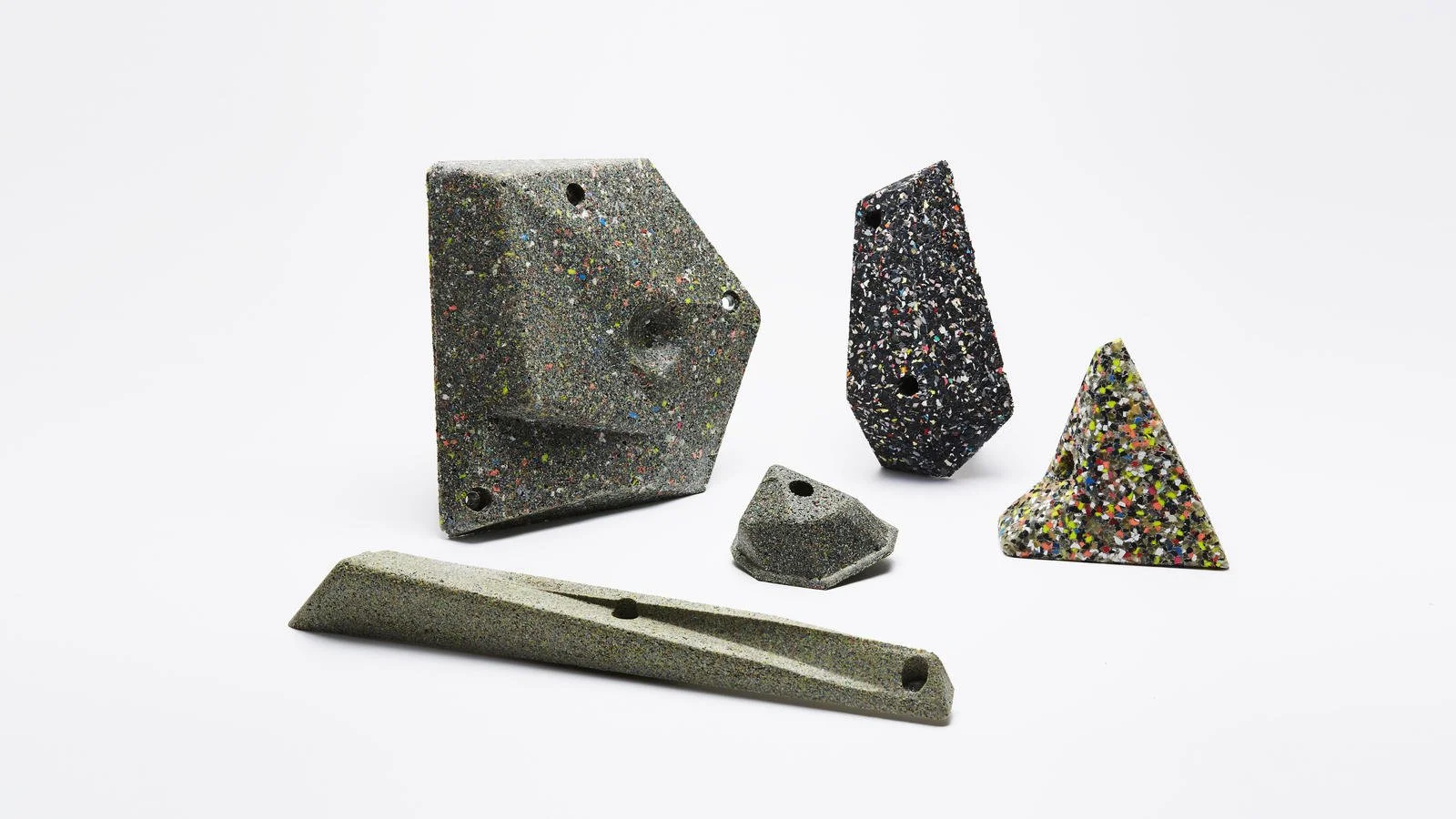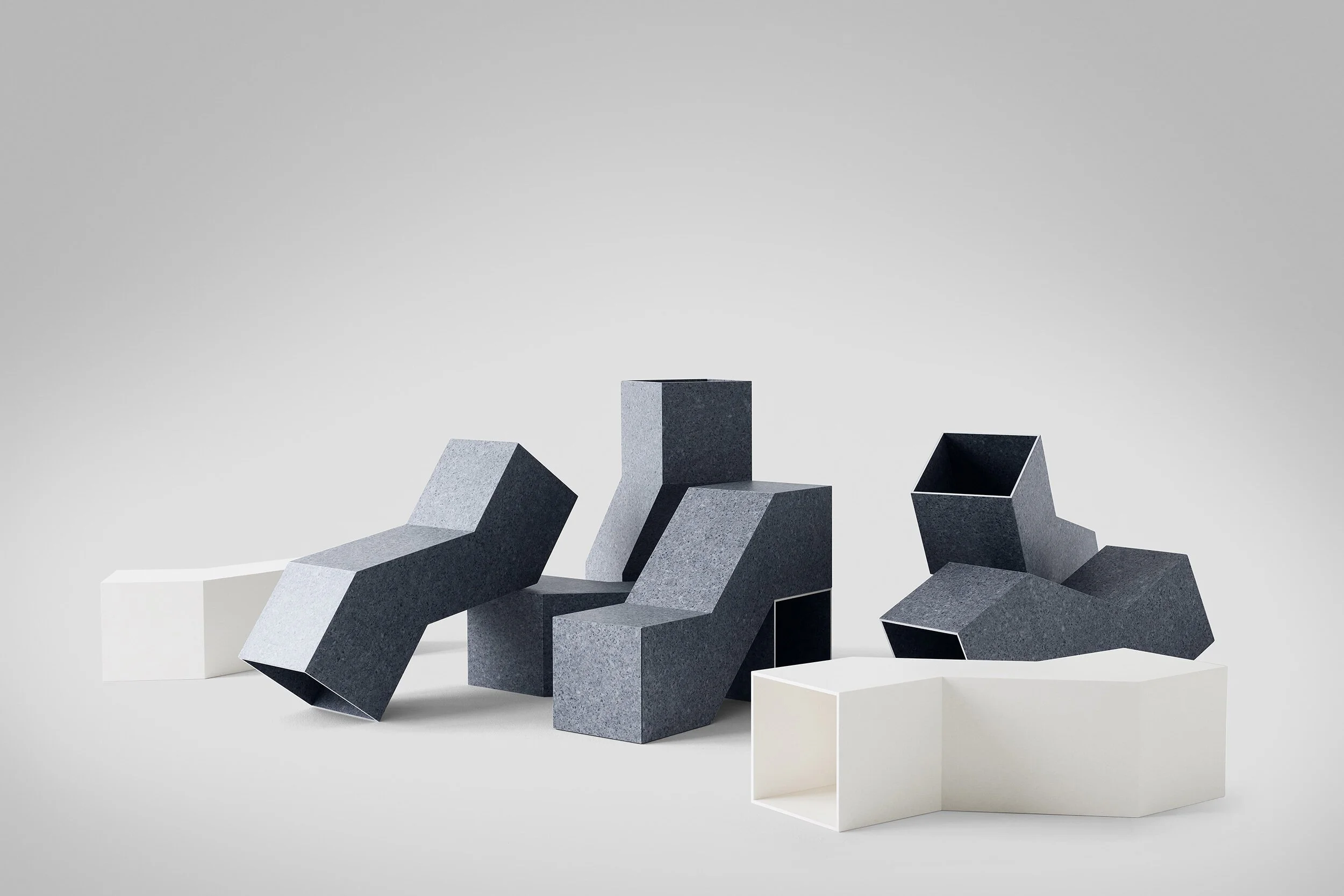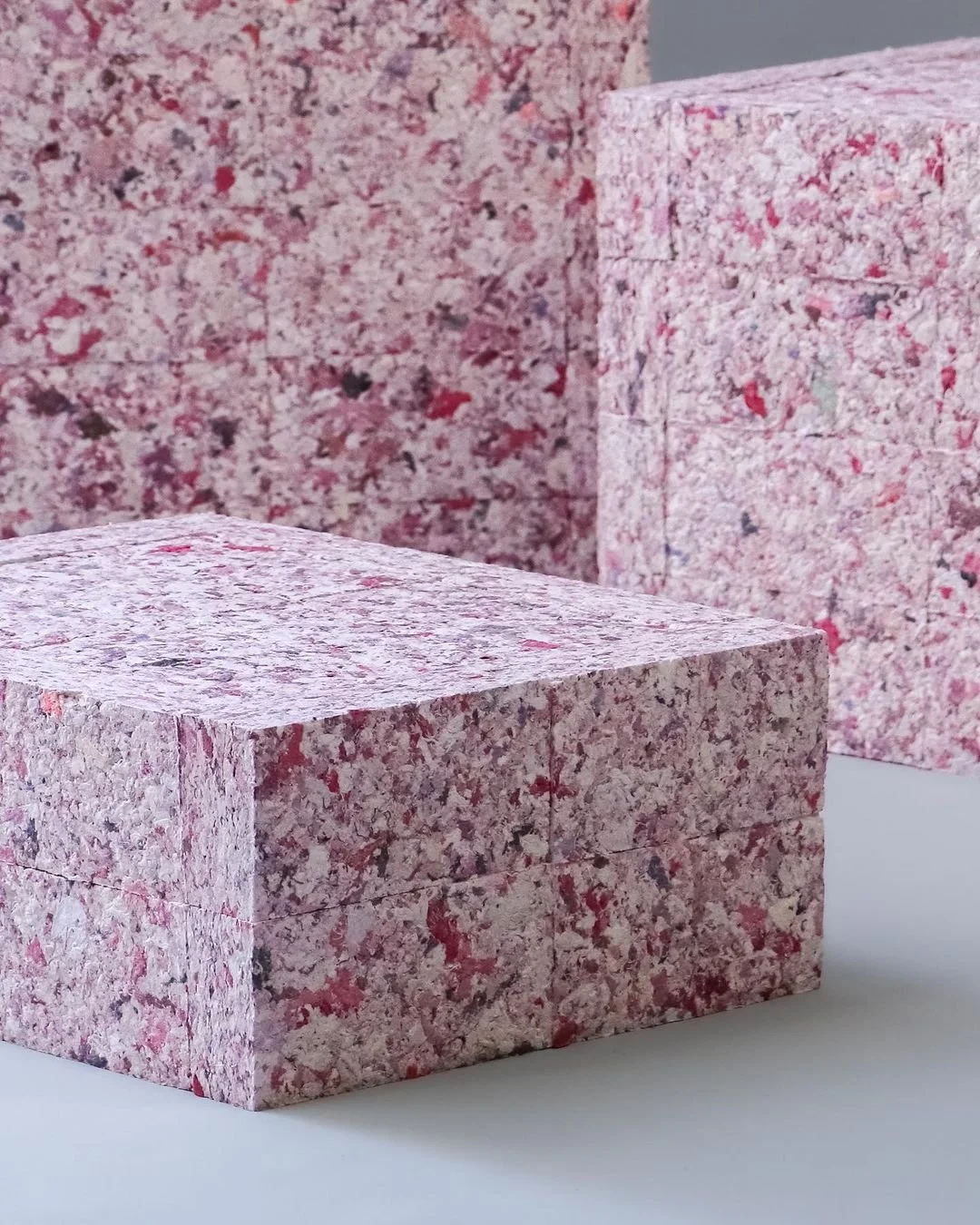P R O L E A R N
Material Loops refer to the cyclical flow of materials through production, use, and recovery processes. This concept is central to circular economy principles, aiming to minimise waste and maximise resource efficiency.
Key Characteristics
Circularity: Emphasis on keeping materials in use for as long as possible.
Resource Efficiency: Maximising the value extracted from materials throughout their lifecycle.
Waste Reduction: Designing systems to minimise or eliminate waste generation.
Benefits
Environmental Impact: Closed-loop systems can reduce carbon emissions by up to 50% compared to linear models.
Resource Conservation: Recycling one kilogram of glass cullet can replace 1.2 kilograms of virgin material.
Energy Savings: Creating new aluminium products from recycled aluminium saves up to 95% of the energy required for virgin production.
Challenges and Considerations
Technical Feasibility: Some materials are difficult to separate, sort, or clean for effective recycling.
Economic Viability: Closed-loop systems may require significant initial investment and market development.
Consumer Behaviour: Encouraging users to participate in return and recycling programs can be challenging.
Innovative Applications
Circular Packaging: Companies like Dell creating closed-loops for plastics used in computers and monitors.
Infinite Recycling: Glass and aluminium industries achieving near-perfect closed-loop systems.
Upcycling: Transforming waste materials into higher-value products, like PET plastic becoming fleeces and carpets.
Future Outlook
As sustainability becomes increasingly critical, we can expect to see more integration of closed-loop systems across industries. Advancements in recycling technologies and increased consumer awareness are likely to drive further innovations in material loops.
Call to Action:
Evaluate your current product lifecycle and waste management practices. Consider implementing closed-loop strategies where possible, and explore partnerships with recycling experts to improve your material efficiency.










